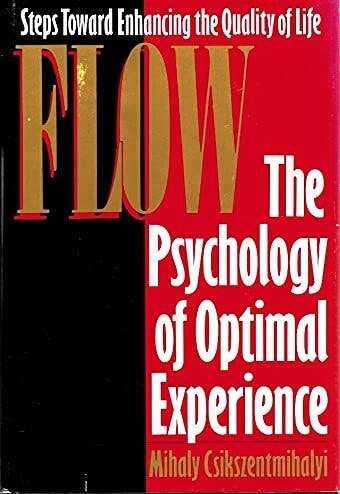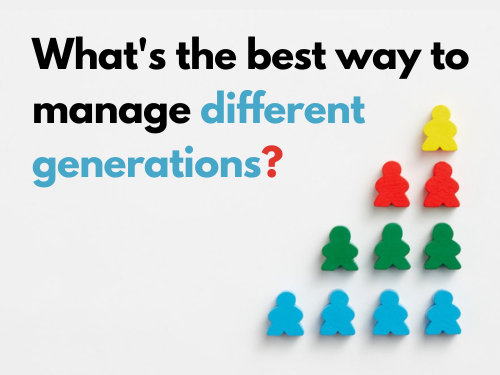Many years ago, long before I developed a professional interest in the concept of Intrinsic Motivation, I became fascinated by the subject of happiness. If one big goal of life was to be happy, I reasoned, why not do some research into mankind’s accumulated wisdom on the topic, and try to boost my chances by standing on the shoulders of giants. What could be a better use of time and energy?

Flow: The Psychology of Optimal Experience
Of course, the subject has fascinated humanity for millennia so I wasn’t at a loss for material. But after reading a few books, they all started to blend into one, with each espousing some variation on the idea that money, success, or beauty weren’t the keys to happiness. In fact, only one of the books I read during that period sticks out, lodged in my memory to this day. It was called ‘Flow: The Psychology of Optimal Experience’ and it was written by a Hungarian-American academic and psychologist with the intimidatingly long name of Mihaly Csikszentmihalyi.
Flow’s focus was different from the others, and I think it was the only one that actually made me significantly happier (at least for the few months that I was able to keep the book’s message squarely in mind).
I was reminded of this book, and how I felt when I read it, in late October of last year, when news broke that Csikszentmihalyi had passed away at the age of 87. This prompted me to take another look at Flow, and to see if it—and its author—still held resonance for me.








